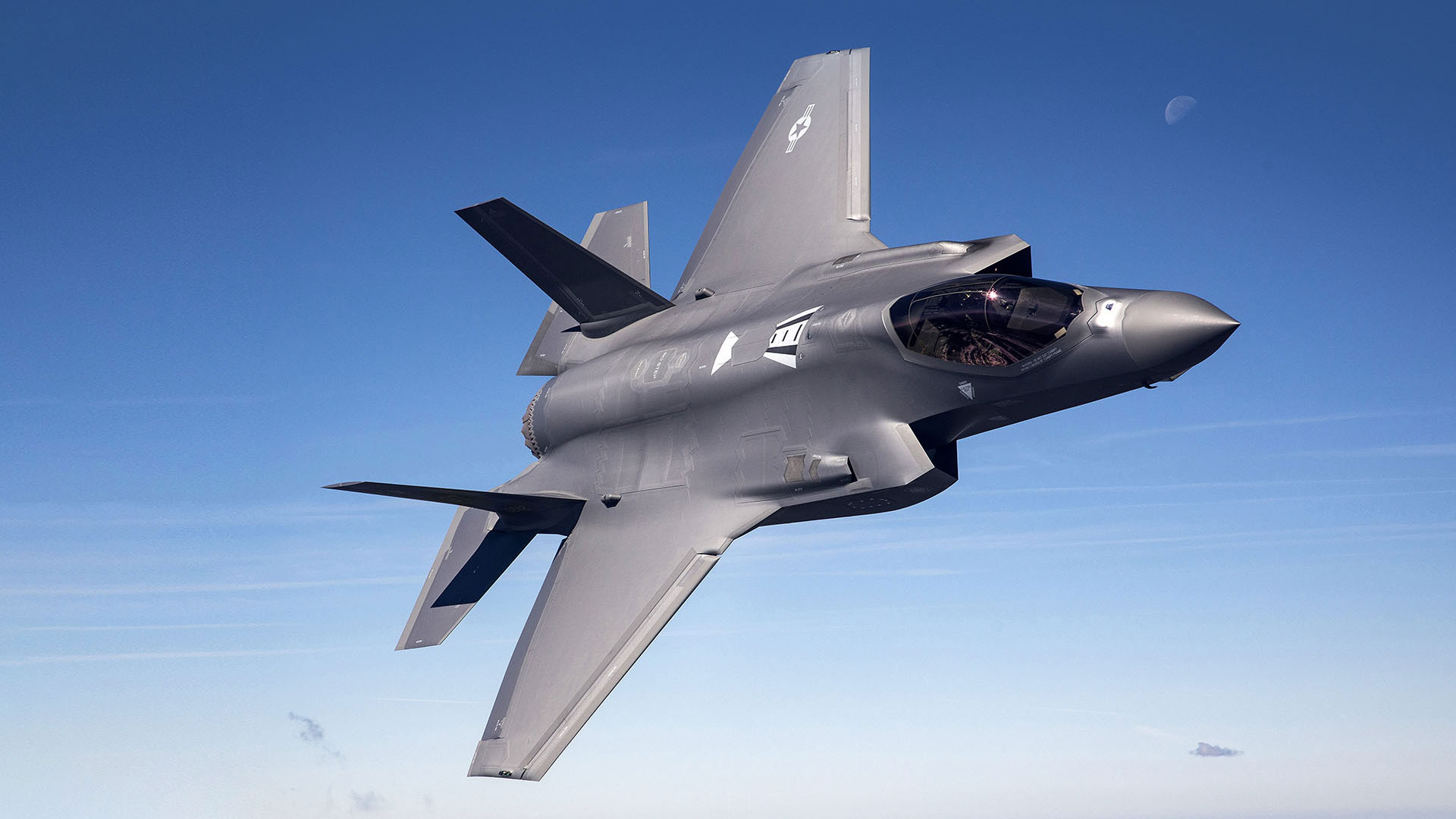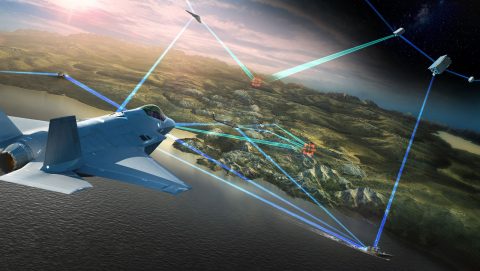Securing the Future of Pilot Training and Mission Readiness
For years, the F-35 training system has been preparing pilots to fly the most advanced fighter jet available today, but pilots’ training needs to evolve.
Pilots conduct mission rehearsal in simulated environments to become experts in their missions. As those missions evolve, new opportunities arise to improve current and future pilot training systems.
Strength in Partnerships
The battlespace is evolving quickly, and it is Lockheed Martin’s and our peers’ responsibility to keep pace and introduce technology and capabilities that advance the readiness of pilots. Across the defense industry, this commitment to the warfighter is consistent and presents an opportunity to partner closely to develop solutions.
With new and established companies developing in the training and simulations space, there are ways we can improve partnerships to deliver for military pilots and get them training with the technology they need quicker and more efficiently. This includes the introduction of new threat scenarios, enhanced operating environments, increased situational awareness and more.
And, by working with militaries around the world to understand and anticipate the needs for pilot training, we can collectively develop and field solutions on existing and future systems sooner, so pilots can stay ahead of ready.
Through strengthened partnerships in industry, welcoming new players with the ability to rapidly develop new technology, and trust built through execution, pilots will be prepared for their evolving missions.

Future Threat Environment
When a pilot moves from a simulator to a jet, the transition should be seamless. This means the hardware, software, mission sets and outcomes should be the same as what the pilot should expect when they get in their aircraft.
With the F-35 training system, what you see in the jet is what you see in the simulator, including the software and hardware. The scenarios the pilots train in rapidly evolve to keep pace with the missions and requirements needed for them to be ready in an instant. For example, rapidly inserting emerging threats in the simulation will increase pilots’ readiness as well as survivability.
As new operating environments become a reality, it is critical for mission rehearsal training to accurately replicate what pilots can expect. For example, with recent discussion around autonomous or AI-integrated vehicles operating with crewed aircraft, we must ask – how will they train for that?
Partnering with the services early and understanding these changes to field solutions and new capabilities will continue to be a focus area in the future of pilot training.

Sustaining the Future Fight
Mission capability and increasing pilot training capacity are two challenges seen across aircraft platforms and are a focus area for the Lockheed Martin team supporting the F-35 training system.
For example, the Modified Mission Rehearsal Trainer (MMRT) will increase the capacity for high-fidelity mission rehearsal while reducing the footprint needed to conduct training in a simulated environment. And, with the ability for MMRT to connect for Distributed Mission Training, more pilots can train together in large force exercises.
Solutions like the Amorphic Appearance Zero-Projector Environment (AMAZE) visual display system reduce lifecycle costs by using LED screens and a simplified design to keep the focus on training and not sustaining simulators.
The future of pilot training will become a reality by increasing partnership across industry, aligning to the needs of pilots and military services and driving efficiencies throughout the lifecycle of a training system.




